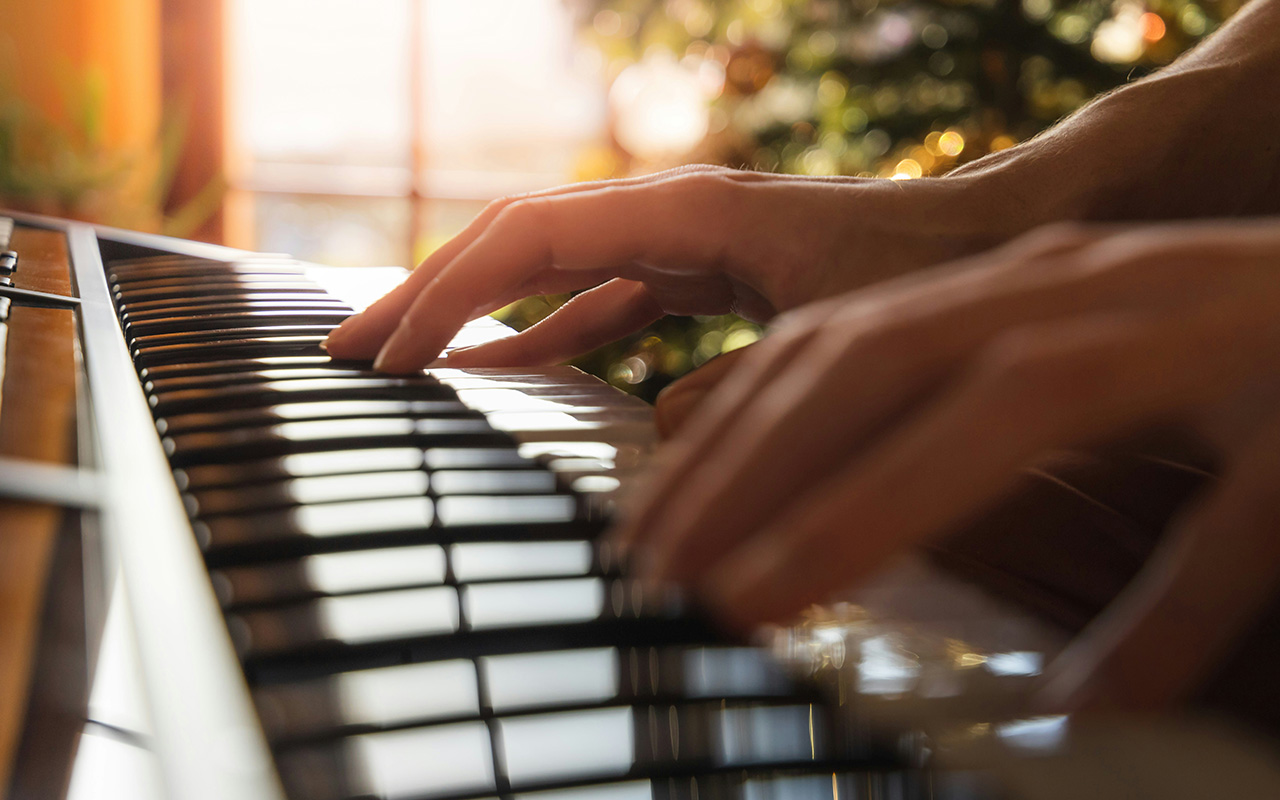Introduction: The Piano’s Evolving Role in Music
The piano is one of the most versatile and widely used instruments in modern music, appearing in everything from classical concert halls to funk bands and film scores. While acoustic pianos remain foundational, innovations over the past century have given rise to electric, electronic, and digital keyboards that serve a variety of roles in both education and performance.
At Keyboard Carriers, we specialize not only in moving and storing traditional pianos but also in caring for electronic and digital models that require equal attention and protection.

Electric Pianos: The Birth of Amplified Sound
From the 1920s to the Rock Era
Electric pianos made their debut in the late 1920s, utilizing:
- Metal strings and magnetic pickups
- Amplifiers and speakers to project sound
By the 1960s and 1970s, electric pianos such as the Fender Rhodes and Wurlitzer 200 series became central to genres like:
- Funk
- Jazz fusion
- Rock
- Soul
These instruments used metal tines instead of strings and electromagnetic pickups similar to those in electric guitars. Their sound could be manipulated using effects units, and they played a pivotal role in the music of artists such as Herbie Hancock, Stevie Wonder, and Ray Charles.
🎵 Note: Electric pianos are rarely used in classical music, where the tone of an acoustic piano is preferred.
Electronic Pianos: Synthesizing Sound with Technology
Simulating Piano Tones Without Strings or Hammers
Unlike electric pianos, electronic pianos generate sound using oscillators and filters, simulating the tonal characteristics of a piano through sound synthesis rather than physical vibration.
Key features include:
- No mechanical action—just a keyboard interface
- Requires a keyboard amplifier and speaker, unless built-in
- Headphone-compatible for silent practice
- Typically lightweight and portable
These are often found in school music programs or used for practice where acoustic pianos are impractical.
Digital Pianos: Sampling Real Pianos with Digital Precision
How Digital Pianos Replicate Acoustic Sound
Digital pianos use sampled recordings of actual acoustic pianos. Each note is recorded at various velocities and dynamics, creating a rich, responsive sound. Most modern digital pianos come with:
- Built-in speakers and amplifiers
- Weighted keys that simulate the touch of an acoustic piano
- Sustain pedals and even complete pedal sets
- Multiple voices (organ, strings, synths, etc.)
Advanced Features with MIDI Integration
Many digital pianos support MIDI (Musical Instrument Digital Interface), allowing connection to:
- Synthesizers
- Computers
- Music production software
- External sound modules
Some models can record performances as MIDI files on USB or CD-ROM, making them ideal for composers, educators, and students.
Software Integration and Realism
Advanced digital pianos (e.g., Yamaha Clavinova, Roland, Kawai) now feature:
- Multi-gigabyte sample libraries for hyper-realistic tone
- Simulations of:
- Sympathetic resonance
- Key release
- Pedal lift noise
- Re-pedaling behavior
- Compatibility with software like Modartt’s Pianoteq, which generates piano sound in real-time based on physical modeling, not samples
Keyboards in Music Education and Composition
Why Pianos Remain Central in Music Schools
Despite the evolution of keyboards, the acoustic piano remains vital in:
- Music theory classes
- Composition training
- Conducting studies
- Elementary and college-level education
Many music classrooms and rehearsal spaces rely on either an upright acoustic piano or a high-end digital keyboard to teach:
- Sight-reading
- Ear training
- Harmony and counterpoint
- Ensemble accompaniment
Pianos in Professional Practice
Pianos are used extensively by:
- Conductors learning full orchestral scores via piano reductions
- Composers experimenting with harmonic structures
- Bandleaders arranging and rehearsing with ensembles
The keyboard layout provides an intuitive and visual way to understand musical relationships, making it a go-to tool across all genres and skill levels.
Why Keyboard Carriers Moves More Than Just Pianos
Whether you own a:
- Grand piano
- Upright acoustic
- Digital stage keyboard
- Vintage electric piano
- MIDI-equipped workstation
You deserve movers who understand the technical sensitivity and emotional value of your instrument.
At Keyboard Carriers, we:
- Provide white-glove piano moving for all types of keyboards
- Offer secure, climate-controlled storage
- Move acoustic, electric, and digital pianos with equal precision
Contact Keyboard Carriers: Denver’s Keyboard Moving Experts
Looking to move or store your electric, digital, or acoustic piano?
Trust the experts with over 45 years of experience and 100,000+ successful piano moves.
👉 Get a Free Quote from Keyboard Carriers today—Denver’s go-to professionals for piano moving and storage.
